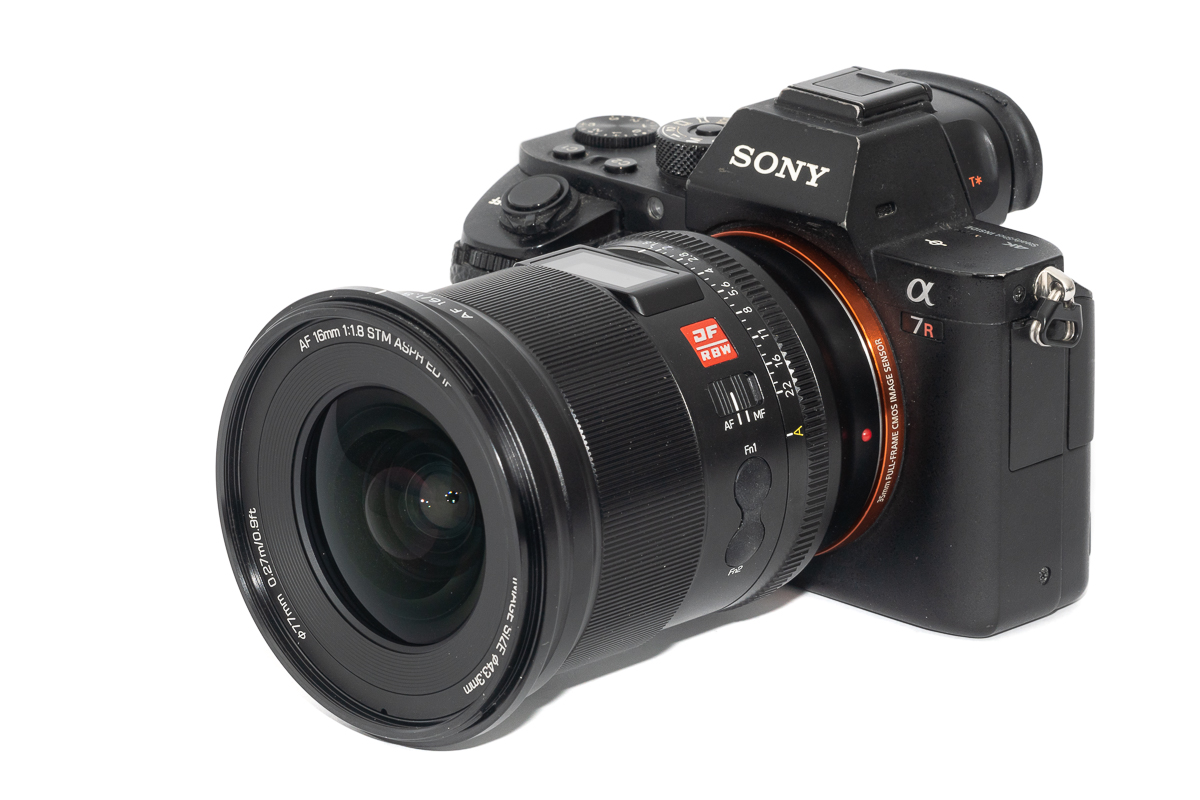thunder storm
Forum Pro
- Messages
- 12,656
- Solutions
- 7
- Reaction score
- 5,952
Viltrox 16mm f/1.8 or Sony 16mm f/1.8 G.... which one do you prefer and why?
The Sony is 304g, costs around 1000 euro in my market but it has some pretty strong distortion, and it needs to be stopped down for best corner sharpness, and even aps-c corners need to be at f/2.8.
The Viltrox is 550g, costs around 600 euro, has next to no distortion, and is very sharp corner to corner from f/2.8.
Maybe I have overlooked some differences that are important to you, please tell us.
If you compare the Sony 35mm f/1.4 GM to the Canon RF 35mm f/1.4 VCM the latter has some crazy distortion giving no weight savings at all, but between the two 16mm lenses there is a serious difference in weight relatively, however, for me, 550g is still not that heavy in absolute terms that I need a huge weight reduction. Less weight is always welcome, but 400 euro extra and trading some IQ....
OTOH, 304g is attractive as a just in case lens, not adding much weight to the bag, while the weight2IQ ratio is nice.
The Sony is 304g, costs around 1000 euro in my market but it has some pretty strong distortion, and it needs to be stopped down for best corner sharpness, and even aps-c corners need to be at f/2.8.
The Viltrox is 550g, costs around 600 euro, has next to no distortion, and is very sharp corner to corner from f/2.8.
Maybe I have overlooked some differences that are important to you, please tell us.
If you compare the Sony 35mm f/1.4 GM to the Canon RF 35mm f/1.4 VCM the latter has some crazy distortion giving no weight savings at all, but between the two 16mm lenses there is a serious difference in weight relatively, however, for me, 550g is still not that heavy in absolute terms that I need a huge weight reduction. Less weight is always welcome, but 400 euro extra and trading some IQ....
OTOH, 304g is attractive as a just in case lens, not adding much weight to the bag, while the weight2IQ ratio is nice.


